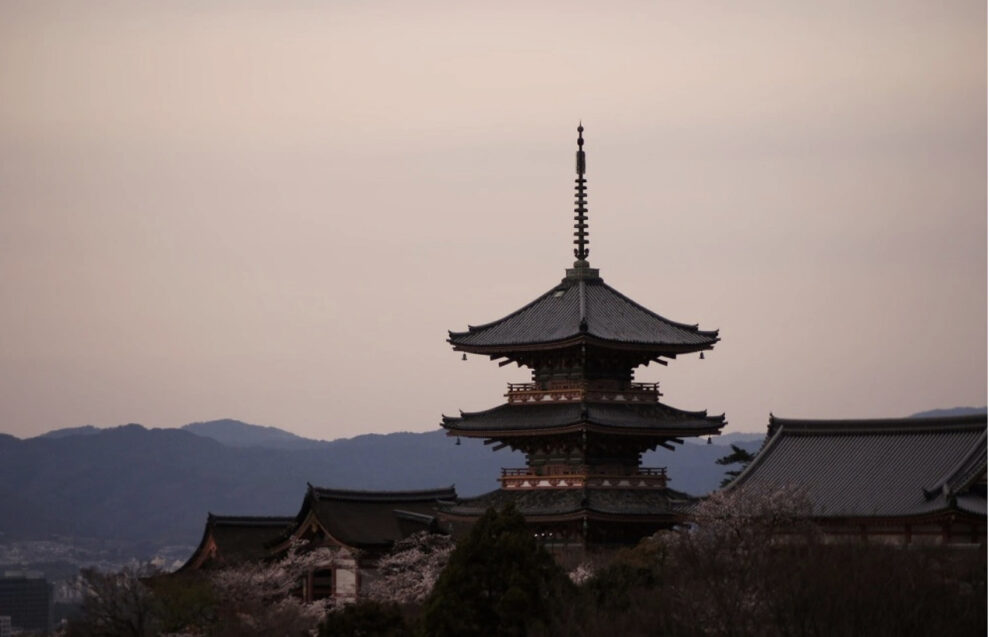It’s hard to overstate just how many amazingly beautiful, culturally significant sites there are in Kyoto. Honestly, they’re spread all over the city, and for years one of the most convenient and budget-friendly ways to make your way from one to the other is with the One-Day Bus Ticket, which gives you unlimited rides on city-run buses in central Kyoto.
The supported routes will get you around to pretty much all the major sites, and the one-day ticket costs just 700 yen (US$5.35) for adults, while the standard bus fare is 230 yen per ride in the city center. So you only need to take four rides to come out ahead, which is pretty easy to do if you’re headed to two sightseeing spots, then out to dinner before going back to your hotel for the night. Plus as a pre-paid pass that you just show to the driver, there’s no need to fiddle with yen coins you might not be familiar with every time you’re getting off the bus.
Unfortunately, though, the pass seems to have become too convenient for travelers, and in the process an inconvenience for locals, and so the city government has announced that the Kyoto One-Day Bus Ticket will be abolished.
Kyoto’s main tourism attractions are its shrines and temples. Rather than being remote mountain retreats, many of them are located near the heart of the city, or at least at the edge of the downtown area, growing in stature and importance as a benefit of their proximity to Kyoto’s nobles, merchants, and other residents during the city’s days as the capital of Japan, as well as visits from pilgrims and other olden-days travelers. The result is that even now, there are often private homes and local businesses in close proximity to what are now world-renowned travel destinations, and some Kyoto residents are finding it unpleasant to commute or go about their daily lives by bus as the vehicles fill up with out-of-town visitors. In a recent interview, one worker at Kyoto Station said that in the morning, the line for the bus whose route includes the stops for Kiyomizu Temple and Yasaka Shrine is often so long that those who join the line at the back might have to wait for three or four busses to come through before there’s enough space for them to get on.
Source: soranews24















